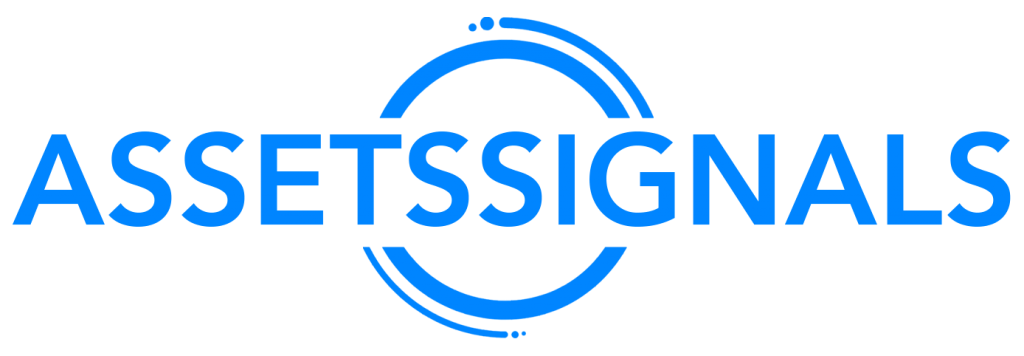The Euro (EUR) trimmed some of its losses in early trading during the North American session after it dived toward its daily low of 1.0935 amid an escalation of the conflict in the Middle East. The US and the UK launching attacks against Houthi shifted sentiment sour, which had subsided lately. Hence, the EUR/USD trades at 1.0970, up 0.02%. According to Reuters, US, and British airplanes, ships, and submarines launched dozens of air strikes across Yemen overnight in retaliation to Houthi, which has been attacking ship vessels in the Red Sea. Therefore, market participants seeking safety bought Gold and safe-haven peers, which weighed on the EUR/USD in the overnight session. Aside from geopolitical events, the US Bureau of Labor Statistics (BLS) revealed the Producer Price Index (PPI) slid below estimates, with the PPI monthly dropping -0.1%, below forecasts of 0.1%. In a 12-month reading, the PPI rose by 1%, below estimates of 1.9%. Core PPI was unchanged at 0% compared with November’s data but below estimates, while year-over-year figures dipped below projections and the previous reading, from 2% to 1.8%.
After the data, traders had increased the chances for a March rate cut from 70% yesterday up to 84% at the time of writing and projected that the US Federal Reserve will cut rates by 170 basis points toward the year’s end. Even though the latest consumer inflation report in the US showed that prices remained elevated, investors seem confident that the US central bank would ease policy sooner than expected. In the latest Summary of Economic Projections (SEP), Fed officials projected three 25 basis points of rate cuts toward the end of 2024. Meanwhile, Fed policymakers reiterated that cutting rates in March is too soon while adding that even though progress on inflation had been achieved, December’s data bucked the trend.
On the Eurozone (EU) front, it revealed that inflation in France was aligned with forecasts of 3.7% and higher than November’s 3.5%. Besides that, European Central Bank (ECB) officials had crossed the wires, as Chief Economist Philip Lane said that rate cuts are “not a topic for the near term.” From a technical perspective, the EUR/USD is neutral to upward biased, though back-to-back doji’s confirm indecision amongst traders. For a bullish resumption, the Euro needs to crack the 1.1000 figure to challenge a two-and-a-half-year resistance trendline at around 1.1030/50, followed by the 1.1100 mark. On the flip side, bears must drag prices below 1.0900, followed by a decisive break below Friday’s 9 daily low of 1.0876 on its path to 1.0800.

